Introduction: A Global Health Crisis Unfolds
In the early months of 2020, the world was thrown into a state of unprecedented uncertainty and alarm as the novel coronavirus, later named SARS-CoV-2, emerged from Wuhan, China, sparking a global pandemic that would reshape our lives and redefine our understanding of public health. This English newspaper report aims to provide a comprehensive overview of the COVID-19 pandemic, its impact on various aspects of society, and the measures taken by governments and international organizations to combat it.
The Origin and Spread of COVID-19
The first reported cases of COVID-19 emerged in December 2019 in Wuhan, a city in the Hubei province of China. Initially, the virus was met with limited attention due to its similarity to other respiratory illnesses. However, as the number of cases rapidly escalated, alarm bells rang across the globe. By January 2020, the World Health Organization (WHO) declared a global health emergency, marking the beginning of a pandemic that would spread to every continent within months.
The virus's rapid spread was fueled by human mobility and inadequate early prevention measures. Air travel facilitated the international spread of the virus, while inadequate testing and tracing capabilities in many countries allowed it to spread unchecked. Social media and news outlets played a dual role, both disseminating crucial information and amplifying misinformation and panic.
The Scientific Response: Understanding and Research
Scientists around the world sprang into action, racing against time to understand the virus's nature, transmission dynamics, and potential treatments. Research efforts focused on developing vaccines, therapeutics, and diagnostic tools. The COVID-19 Genome Sequence was shared publicly by Chinese researchers, enabling global collaboration on research and development.
Vaccine development witnessed unprecedented speed, thanks to the use of mRNA technology and other innovative approaches. Multiple vaccines were developed and approved for emergency use within a year of the pandemic's declaration. However, vaccine inequality became a pressing issue, with many low-income countries struggling to access these vaccines due to global supply chain constraints and distribution challenges.
Impact on Health Systems and Public Health
The pandemic exposed weaknesses in healthcare systems worldwide, particularly in low- and middle-income countries. Overwhelmed hospitals, shortages of medical supplies, and a lack of preparedness for such a large-scale crisis led to a surge in deaths and long-term health consequences for survivors. Long COVID, a condition characterized by persistent symptoms months or years after infection, has become a growing concern.
Public health measures such as social distancing, mask-wearing, and lockdowns were implemented globally to slow the spread of the virus. While these measures were effective in flattening the curve in many countries, they also had severe economic and social consequences. The mental health impact of lockdowns, job losses, and social isolation has been profound, with reports of increased cases of depression, anxiety, and substance abuse.
Economic Impact: A Global Recession Looms
The COVID-19 pandemic had far-reaching economic consequences that have reshaped the global economy. Businesses closed their doors, supply chains were disrupted, and unemployment rates skyrocketed. The International Monetary Fund (IMF) predicted a global recession in 2020, with many countries experiencing their worst economic downturn since the Great Depression.
Small businesses and informal sectors were particularly hard hit, as they lacked the financial cushion or government support to weather the storm. The digital divide widened as some sectors adapted quickly to remote work while others struggled to survive. The tourism industry, hospitality, and aviation were among the hardest hit sectors, facing an uncertain future even as travel restrictions began to ease.
Political Ramifications and Diplomatic Tensions
The pandemic has also had profound political implications. Governments faced tough choices between public health measures that could disrupt economies and those that might not be enough to contain the virus. The response to the pandemic has highlighted existing political divisions and exposed fault lines in global cooperation. Some countries have been accused of hoarding vaccines or sharing misinformation, straining international relations.
The role of governments in managing the pandemic has been both praised for their swift actions in containing outbreaks and criticized for perceived missteps or lack of transparency. The pandemic has also brought to light issues such as health equity, with some countries prioritizing their own citizens over others in vaccine distribution.
The Role of International Organizations: WHO at the Forefront
The World Health Organization (WHO) played a pivotal role in guiding the global response to COVID-19. From issuing guidance on public health measures to coordinating vaccine distribution through COVAX, WHO's actions have been both praised for their swiftness and criticized for perceived delays or inadequate action in certain instances. The pandemic highlighted the need for a more resilient global health architecture and renewed focus on preparedness for future pandemics.
Lessons Learned and Future Prospects
As we enter the post-pandemic era, several lessons have been learned that will shape our approach to public health going forward:
Investing in Health Systems: Strengthening healthcare systems globally is crucial to prevent future pandemics from overwhelming them. This includes investing in infrastructure, training healthcare workers, and ensuring adequate supplies of medical equipment.
Global Cooperation: The pandemic underscored the importance of global cooperation in addressing health crises. Enhancing collaboration between countries, research institutions, and international organizations is vital for future preparedness.
Digital Health Infrastructure: The pandemic accelerated the adoption of digital technologies in healthcare. Building robust digital health infrastructure can improve access to care, disease surveillance, and public health communication in the future.
Vaccine Equity: Ensuring equitable access to vaccines is crucial for achieving herd immunity globally. This requires a rethinking of global health governance and fairer distribution mechanisms.
Climate Change: The pandemic has highlighted the interconnectedness of health and environmental challenges. Addressing climate change is essential for creating a more resilient world against future pandemics and other health threats.
Conclusion: A New Normal Emerges
As we navigate this new normal, it is clear that the COVID-19 pandemic has left an indelible mark on our lives and societies worldwide. It has forced us to reevaluate our priorities, rethink our approaches to public health and preparedness for future crises, and reimagine our relationships with each other and our planet. While we may not be able to predict what lies ahead fully, one thing is certain: collaboration, innovation, and resilience will be our guiding lights as we continue to build back better from this unprecedented challenge.
转载请注明来自爬爬百科,本文标题:《COVID-19疫情,全面英文报纸报道》

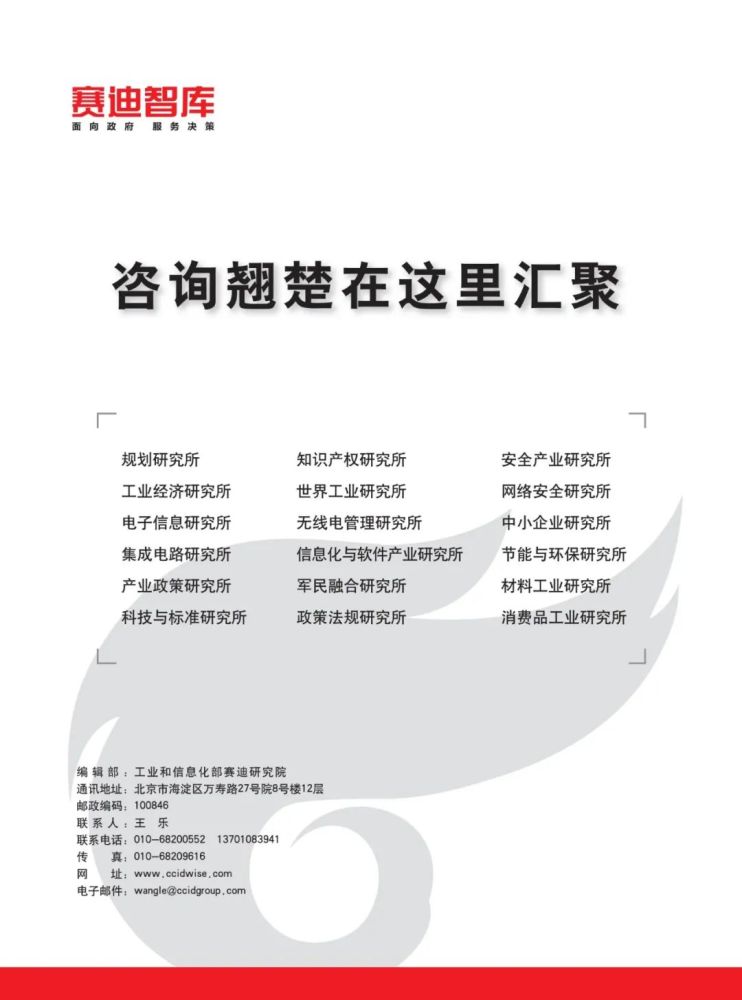
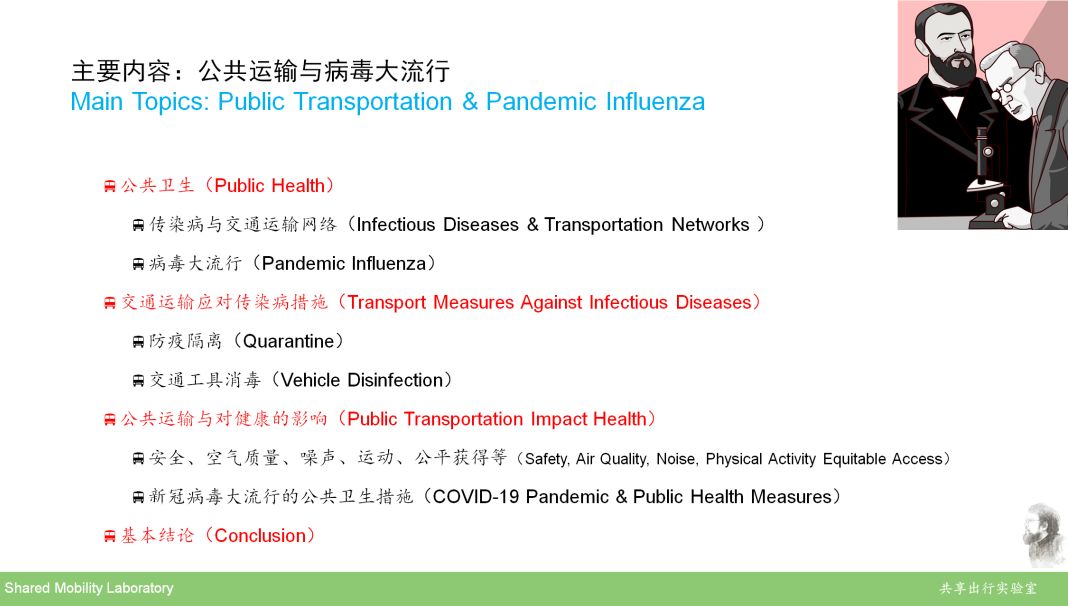

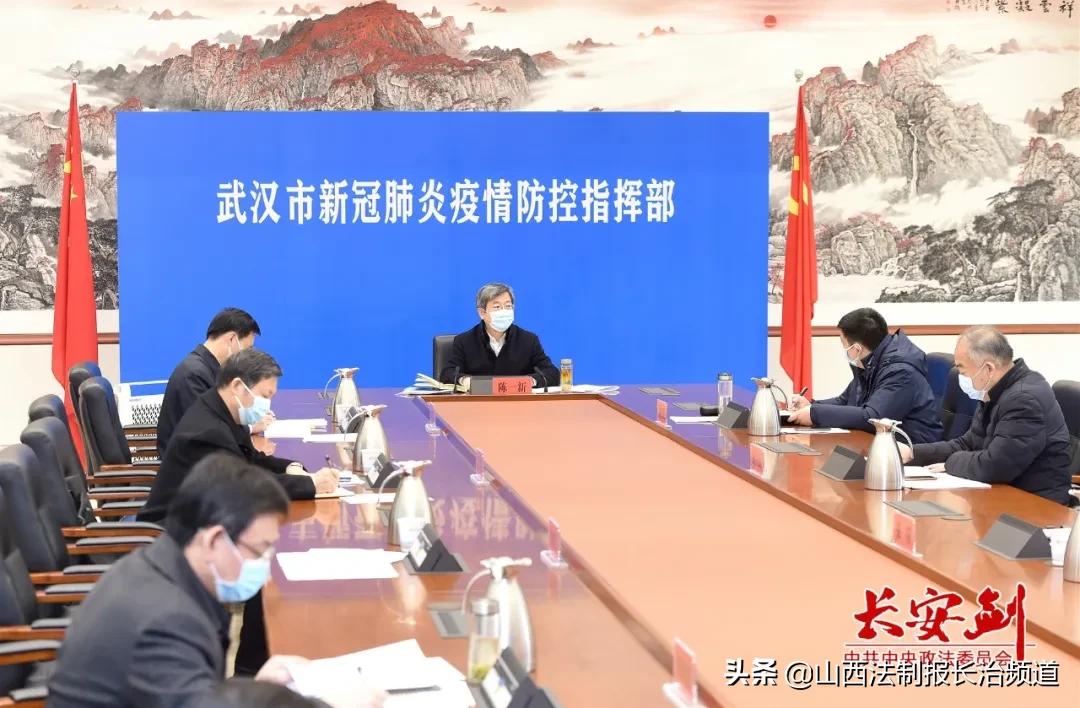


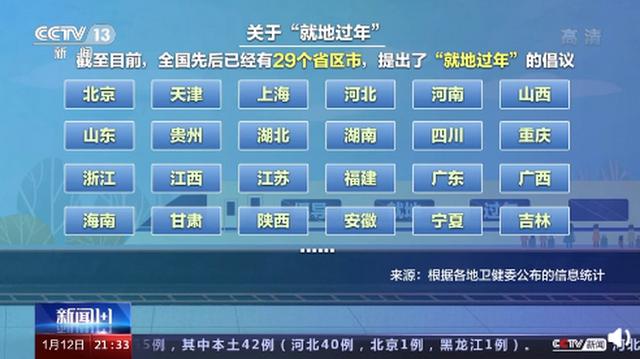

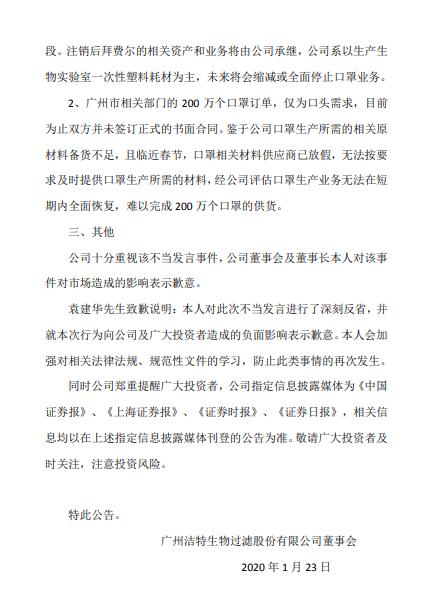

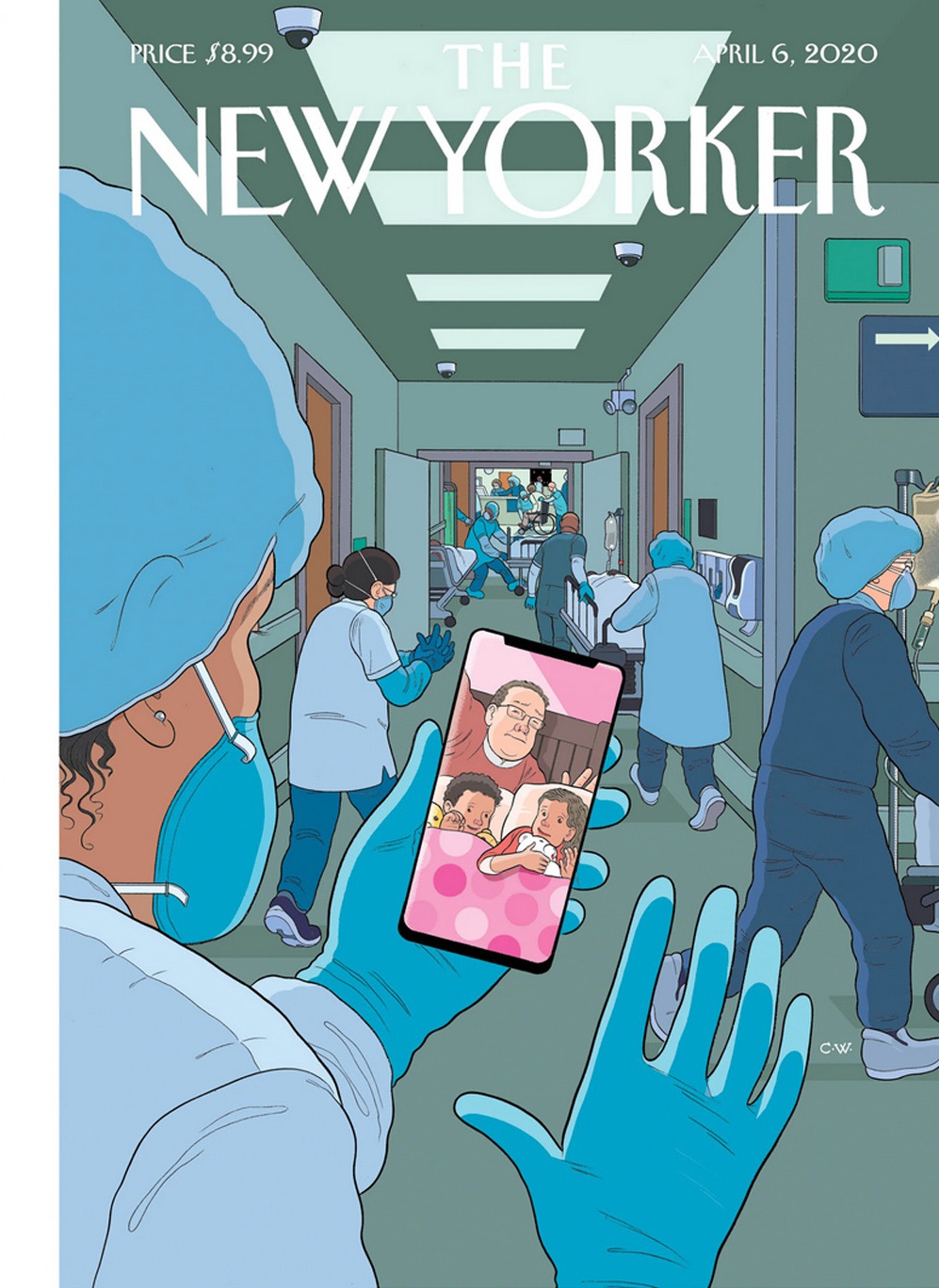
 京ICP备11000001号
京ICP备11000001号
还没有评论,来说两句吧...